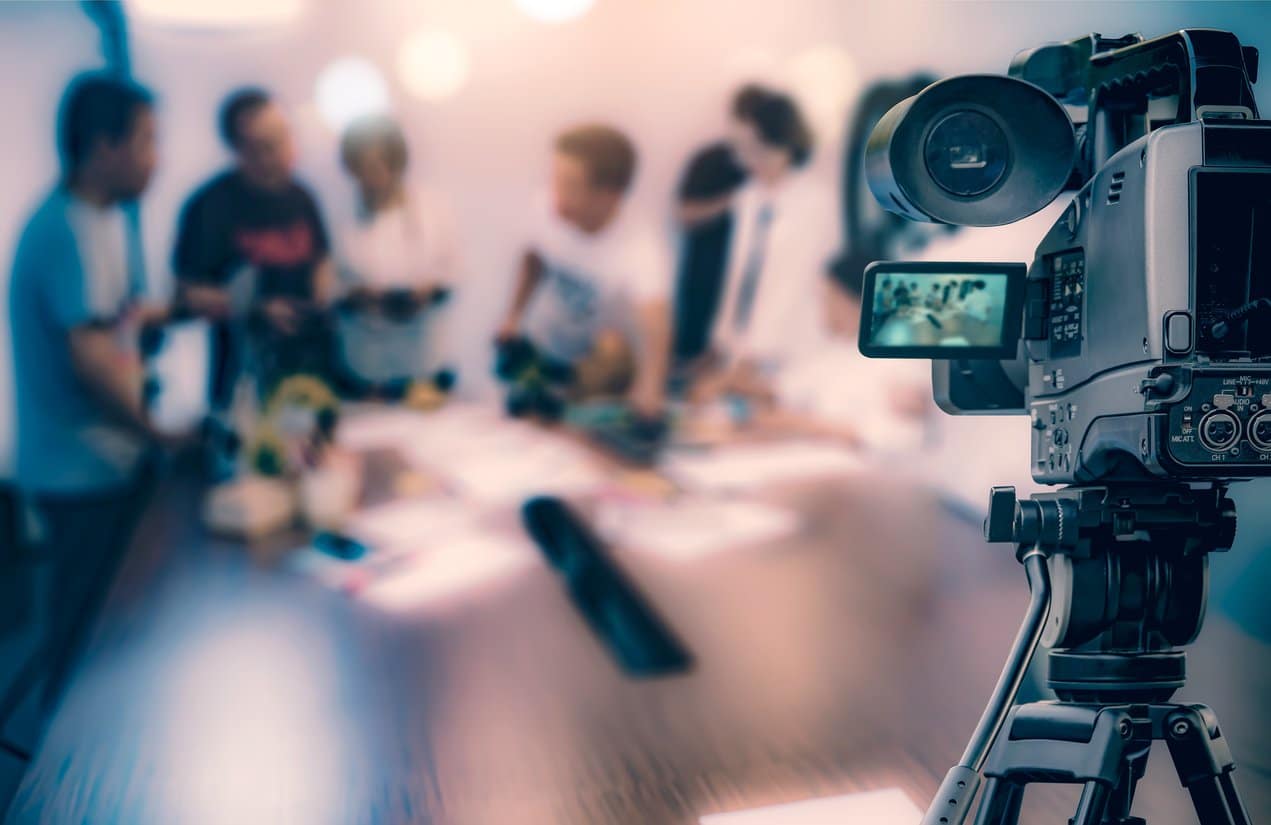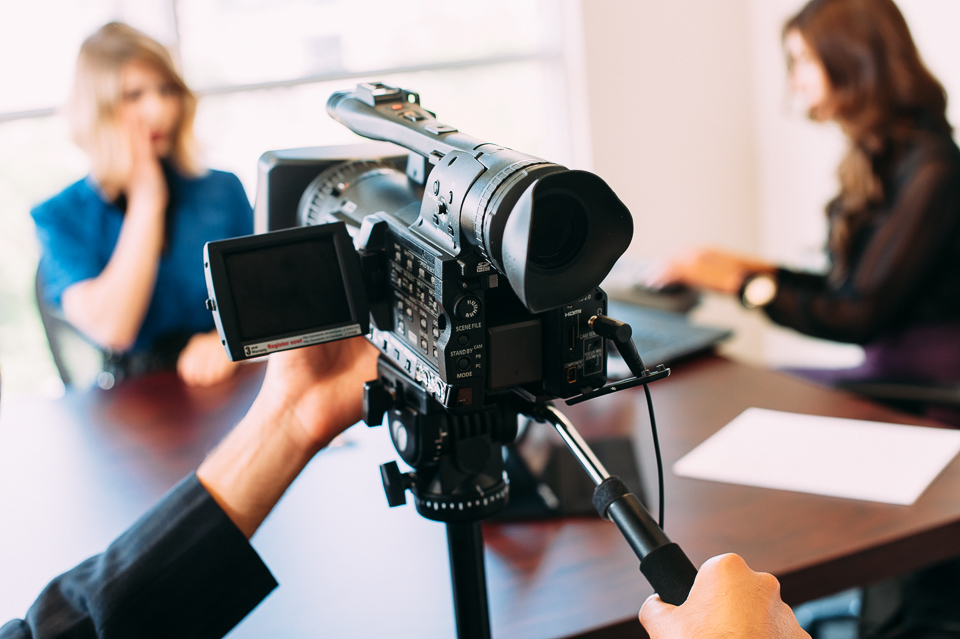The Importance of Legal Videography in Courtroom Presentations
Lawful videography has arised as a crucial tool in court room discussions, offering a multidimensional perspective on witness statements that transcends simple records. As we explore the different elements of legal videography, including its benefits and best practices, it comes to be noticeable that its effect on the judicial process warrants a better exam.

Understanding Lawful Videography
Exactly how does legal videography improve court room presentations? Lawful videography is a customized area that captures aesthetic and audio recordings of court room proceedings, depositions, and witness testimonies.
The procedure involves the use of premium video devices and specialist techniques to make sure clearness and integrity. Legal videographers are educated to recognize court procedures and the lawful importance of the recordings they generate. This expertise makes certain that the last item sticks to legal standards and can be accurately made use of as proof.
Moreover, lawful videography offers as an important tool for appellate cases, where assessing the initial statement is crucial. The capability to take another look at witness statements in their initial context aids in recognizing subtleties that may be shed in created transcriptions (legal videography). In recap, legal videography boosts court room discussions by supplying a thorough, precise, and appealing approach of documenting and offering evidence, inevitably adding to a more educated judicial process
Benefits for Lawyers
Lawful videography supplies substantial advantages for attorneys, improving their ability to existing cases effectively. One of the primary advantages is the capacity to catch witness testimonies and depositions with accuracy, ensuring that the nuances of spoken and non-verbal communication are preserved. This permits attorneys to provide an engaging story that reflects the reputation and feelings of witnesses.

Furthermore, the specialist top quality of lawful video can reinforce an attorney's credibility. A well-produced video shows detailed preparation and interest to information, which can favorably affect the assumption of both the lawyer and their case. Moreover, the usage of lawful videography can expedite test processes, as it allows for quicker referral to recorded testaments, decreasing the demand for lengthy analysis of records.
Enhancing Court Engagement
Enhancing jury involvement via making use of lawful videography can dramatically impact the efficiency of courtroom presentations. In a setting where jurors are charged with soaking up complex information, aesthetic aids can act as a powerful tool to maintain interest and facilitate understanding. Lawful videography changes conventional evidence right into vibrant aesthetic narratives, enabling jurors to connect i loved this emotionally and cognitively with the material provided.
The incorporation of video proof can clarify detailed details that may be difficult to share with verbal testimony alone. By offering an aesthetic depiction of events, the court can more quickly realize the context and nuances of the instance, bring about educated considerations. Lawful videography can evoke a feeling of realistic look, producing a stronger connection with the truths and cultivating compassion for the individuals involved.
Reliable legal videography likewise fits diverse understanding styles within a court, boosting retention of the info provided (legal visit videography). By attracting both auditory and aesthetic learners, lawyers can make sure that their arguments resonate with a broader target market. Ultimately, the calculated usage of legal videography not just records jurors' interest but also enhances their general understanding, causing even more fair decisions
Kinds of Lawful Video Clip Evidence
The combination of videography in court discussions encompasses different sorts of legal video proof, each offering unique purposes in the quest of justice. One prominent group is deposition video clips, which capture witness testaments in a regulated setting, making sure that essential info is preserved and presented properly throughout trials. These recordings allow jurors to observe the demeanor and integrity of witnesses, enhancing their understanding of the statement.
Another significant type is surveillance video footage, which can provide critical context in criminal cases. This video proof commonly aids develop timelines, places, and activities of people associated with an event, thus helping the court in developing an extensive picture of the events.
Demonstrative evidence in video format is also crucial, as it can highlight complicated ideas or recreate crash scenes. Such videos help jurors imagine circumstances that are otherwise challenging to understand via verbal explanations alone.
Finally, proof from body-worn cameras have a peek at these guys used by regulation enforcement can offer an unfiltered sight of interactions during important incidents, adding to transparency and liability. Each of these video types plays an essential function in the court, enhancing the total presentation of evidence and sustaining a reasonable judicial procedure.

Best Practices for Implementation
Just how can lawyers successfully include videography right into their court discussions? To achieve optimum results, a number of best methods must be complied with. First, it is vital to pick skilled videographers who comprehend the legal context and can ensure that all recordings comply with appropriate laws. This experience ensures that the video footage is both high-quality and permissible in court.
Following, professionals must plan the videography beforehand, identifying crucial moments and statements that will certainly improve their instance. This tactical strategy allows for focused web content that reverberates with the jury. Organizing the videos right into systematic sectors tailored to the courtroom's technology will help with seamless combination throughout presentations.

Furthermore, legal groups ought to rehearse how to present the video clip evidence successfully, making sure that all participants are acquainted with the web content and the technology being made use of. This preparation minimizes disturbances and maximizes influence. Maintaining a clear narrative and linking the video clip evidence to the overarching case motif will certainly reinforce the disagreements being made.
Conclusion
To conclude, legal videography substantially improves court presentations by supplying a detailed and engaging medium for witness statements. Its capability to catch both verbal and non-verbal cues help in the quality and effectiveness of evidence, inevitably sustaining fairer decisions. By adhering to established procedures and utilizing finest practices, lawful videography functions as a vital device for lawyers, cultivating better court involvement and understanding of complicated information within the lawful process.